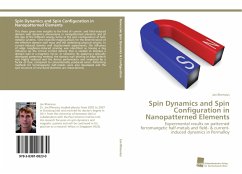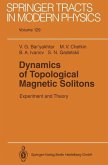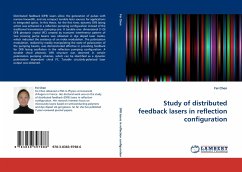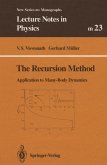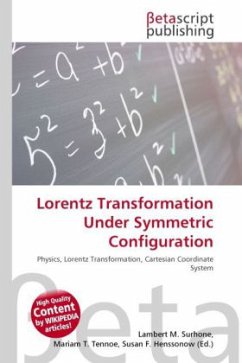This thesis gives new insights to the field of current- and field-induced domain wall dynamics phenomena in nanopatterned elements and of the role of the different energy terms to the spin configuration of half-metallic systems. Time resolved imaging allows for the determination of the effective domain wall mass and the underlying physical origins. In current-induced domain wall displacement experiments, the influence of edge roughness-induced pinning was identified as having a big influence on the critical current density that is needed to displace a domain wall in a magnetic micro- or nanowire. By applying a specially developed patterning method, the domain wall pinning at edge defects was highly reduced and the device performance was improved by a factor of four, compared to conventionally produced wires. Patterning methods for ferromagnetic half-metals were also developed and the spin structure of structured elements are characterized.
Bitte wählen Sie Ihr Anliegen aus.
Rechnungen
Retourenschein anfordern
Bestellstatus
Storno

